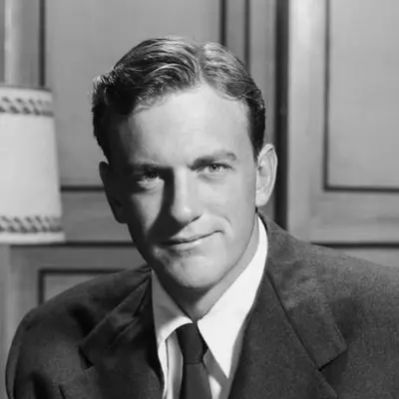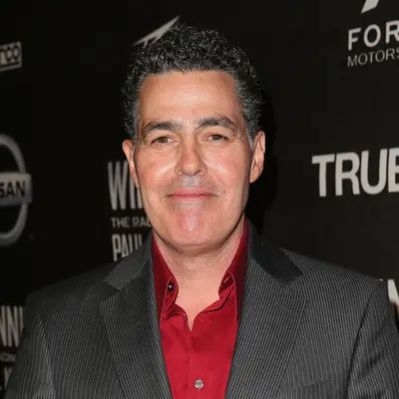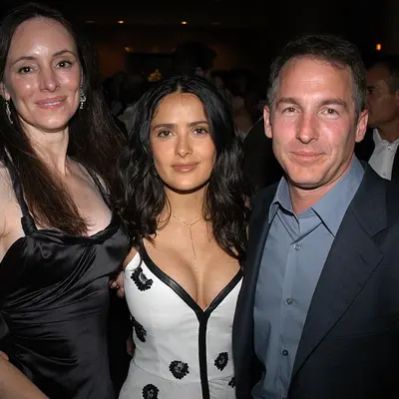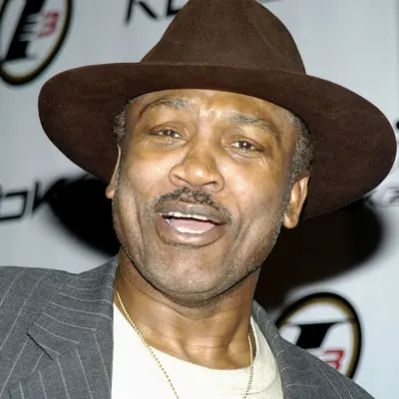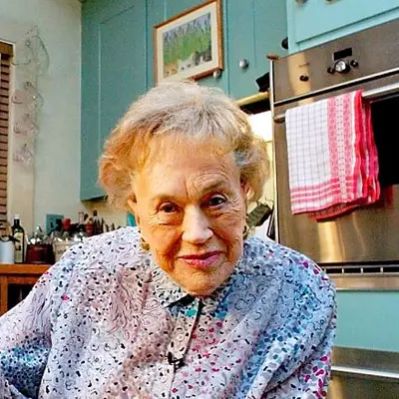What is James Arness’s Net Worth?
At the time of his death on June 3, 2011, James Arness, the American actor best known for his role as Marshal Matt Dillon on the television series “Gunsmoke,” had a net worth of $8 million. This figure represents the culmination of his earnings throughout a long and successful career in film and television, spanning several decades.
Early Career and Earnings
James Arness, born James Aurness on May 26, 1923, in Minneapolis, Minnesota, embarked on his acting journey after serving in the US Army during World War II. His military service, which included landing on Anzio Beachhead and earning a Purple Heart, concluded with an honorable discharge in early 1945, but not before a severe leg wound altered his path. Following his military service, Arness briefly worked as a radio announcer for Minneapolis station WLOL, earning a modest income that helped set the stage for his move to Hollywood.
His film debut came in 1947 with “The Farmer’s Daughter,” where he played the brother of Loretta Young’s character. While specific salary details from these early roles are not publicly available, these appearances provided him with invaluable experience and exposure. The early 1950s saw Arness in a string of films, including “Two Lost Worlds” (1951), where he had his first lead role. Also that year, Arness played the titular creature in the science-fiction horror film “The Thing from Another World,” and had supporting roles in “Cavalry Scout,” “Iron Man,” and “The People Against O’Hara.” His roles in films like “The Thing from Another World” (1951) and “Big Jim McLain” (1952), the latter being the first of four films with John Wayne, further solidified his presence in Hollywood. Although precise financial figures for these roles remain undisclosed, they were essential steps in building his career and increasing his earning potential.
“Gunsmoke” and Peak Earnings
Arness’s career reached its zenith with “Gunsmoke,” which premiered in 1955. As Marshal Matt Dillon, he became a household name, leading the series for an impressive 20 seasons until its conclusion in 1975. “Gunsmoke” was a ratings powerhouse for CBS, consistently ranking among the top television programs. Although the specific salary Arness commanded per episode is not publicly documented, leading roles in such successful series typically garnered significant compensation. It is reasonable to assume that his earnings from “Gunsmoke” constituted a substantial portion of his $8 million net worth.
Given the show’s longevity and popularity, Arness likely renegotiated his contract multiple times throughout its run, leading to increased compensation over the years. Additionally, residuals from reruns of “Gunsmoke” episodes would have contributed to his income long after the series ended its initial run. To further illustrate, consider that in contemporary television, lead actors in successful series can earn hundreds of thousands to millions of dollars per episode, depending on the show’s success and their negotiating power. While television salaries were significantly lower in the 1950s, 60s, and 70s, Arness’s status as the star of “Gunsmoke” would have placed him among the highest-paid actors of his time. The show also led to six made-for-TV movies between 1987 and 1994, where he reprised his role as Matt Dillon. The income from these later projects added to his overall net worth.
It is also worth noting that during the run of “Gunsmoke,” Arness likely had opportunities for endorsements and other commercial ventures that would have supplemented his income. While details of these potential endorsements are not publicly available, they would have been a common practice for leading television stars of the era. Consider the example of Lucille Ball, another major television star of the time, who leveraged her popularity to endorse various products, earning additional income beyond her acting salary. Similar opportunities would likely have been available to Arness, further contributing to his financial success.
Post-“Gunsmoke” Career and Later Ventures
Following the conclusion of “Gunsmoke,” Arness continued to work in television, starring in the ABC series “How the West Was Won” from 1976 to 1979. Although it’s difficult to pinpoint the exact salary he received for this role, lead roles in television series of that era typically came with substantial compensation. He also took on the lead role in “McClain’s Law,” an NBC series where he played Detective Jim McClain from 1981 to 1982. While short-lived, this series further contributed to his income stream. His appearances in the miniseries “The Alamo: 13 Days to Glory” and the television film remake of “Red River” in the 1980s also added to his earnings.
The later years of Arness’s career involved reprising his iconic role as Matt Dillon in six “Gunsmoke” television movies, which aired between 1987 and 1994. These projects provided him with ongoing income and allowed him to reconnect with fans of the original series. While specific financial figures for these television movies are not publicly available, they would have undoubtedly contributed to his overall net worth. In comparison, actors reprising iconic roles in later sequels or television movies often command significant salaries, reflecting the established value of their characters and the audience’s nostalgia.
Furthermore, it is important to consider that Arness may have had investments in real estate, stocks, or other assets that contributed to his net worth. While details of these investments are not publicly available, prudent financial management would have likely been a factor in accumulating his wealth. Consider the example of other successful actors who diversified their income through real estate investments, such as Robert De Niro, who co-founded the Nobu restaurant chain and invested in various properties. Similar strategies may have been employed by Arness to secure his financial future.
Real Estate and Personal Assets
While specific details regarding James Arness’s real estate holdings are not publicly available, it is plausible that he owned properties in Los Angeles or other locations. Real estate is a common investment for high-income individuals, and it is likely that Arness owned at least one or more residences during his lifetime. The value of these properties would have contributed to his overall net worth.
Information about James Arness’s personal assets, such as cars, jewelry, or other valuables, is not readily available in public records. However, it is reasonable to assume that he possessed personal belongings of some value, which would have been factored into his overall net worth. Many celebrities collect valuable items or own luxury vehicles, which can represent a significant portion of their assets. For example, Jay Leno is well-known for his extensive collection of cars and motorcycles, which are estimated to be worth millions of dollars. While the scale of Arness’s personal assets may have been different, they would have nonetheless contributed to his financial profile.
In conclusion, James Arness’s $8 million net worth at the time of his death reflects a long and successful career in film and television, marked by his iconic role as Marshal Matt Dillon in “Gunsmoke.” His earnings from this series, along with other television and film appearances, as well as potential investments and endorsements, contributed to his overall financial success. Although specific details regarding his investments and personal assets are not publicly available, his career trajectory suggests a prudent approach to financial management, allowing him to accumulate a substantial net worth over his lifetime.
 Net Worth Ranker
Net Worth Ranker
